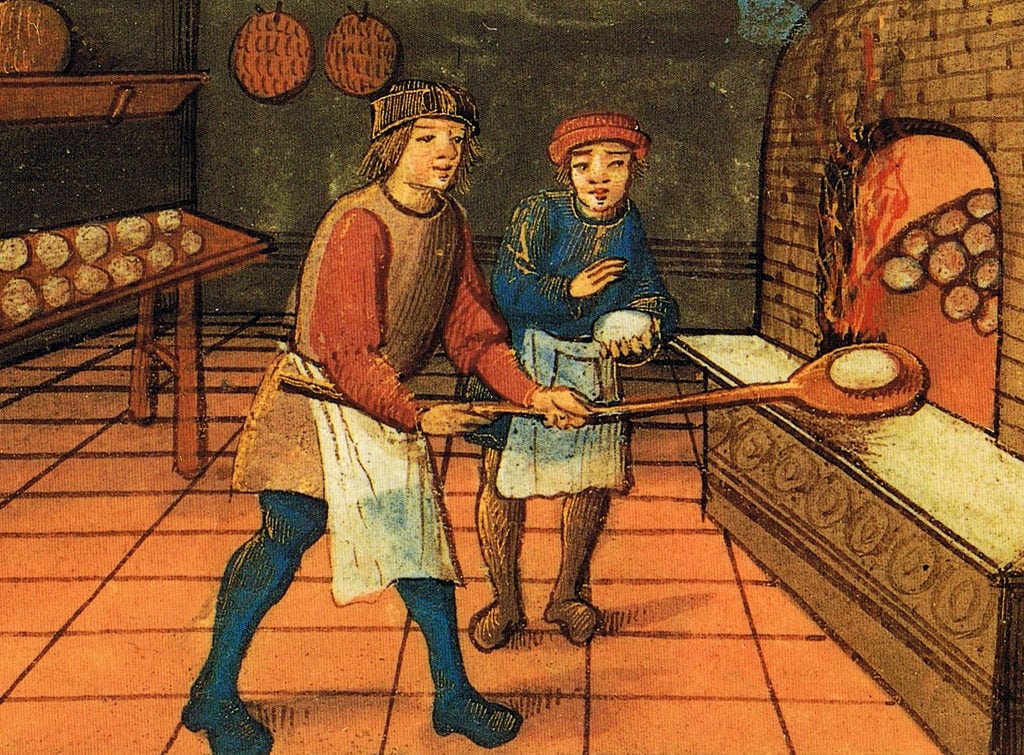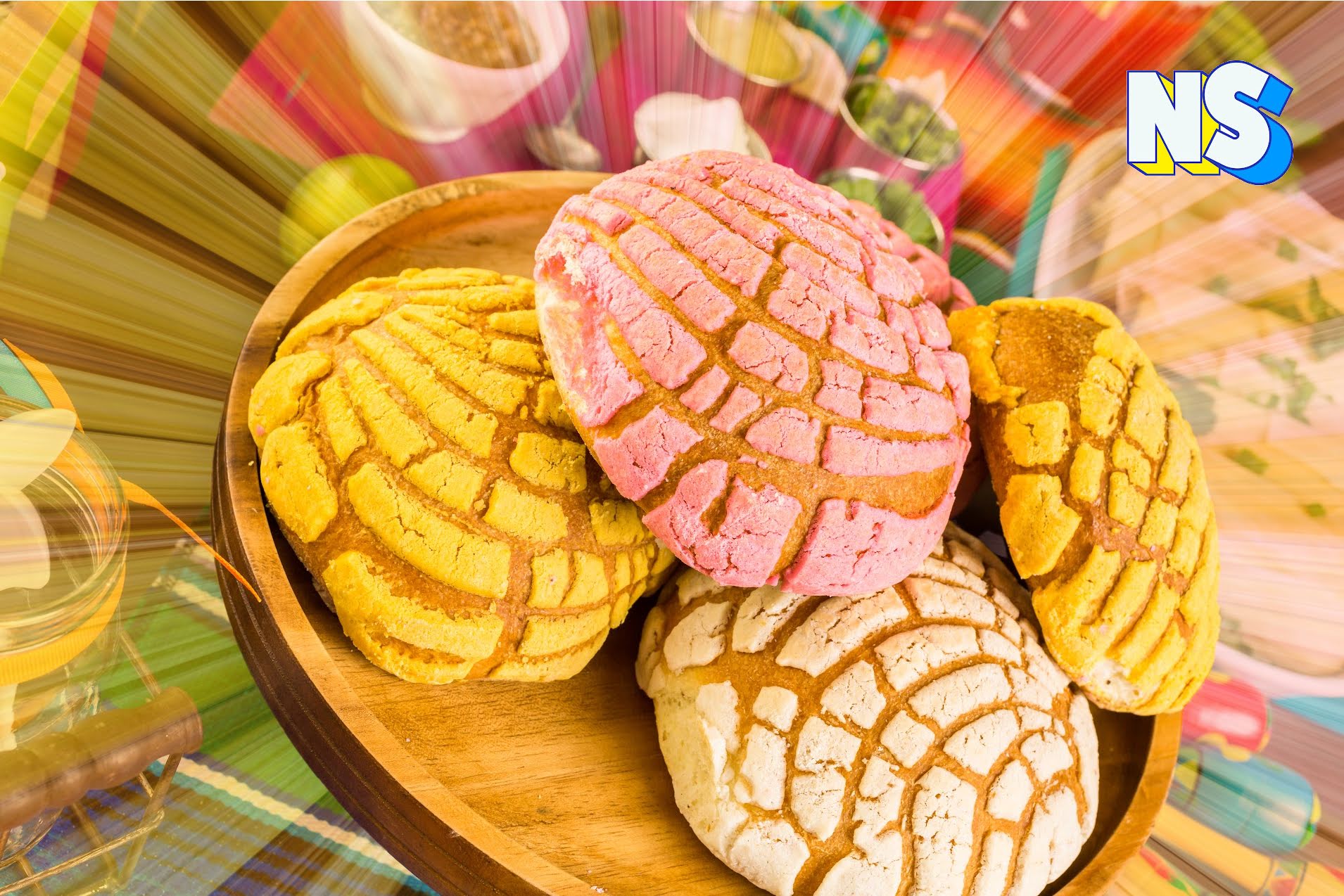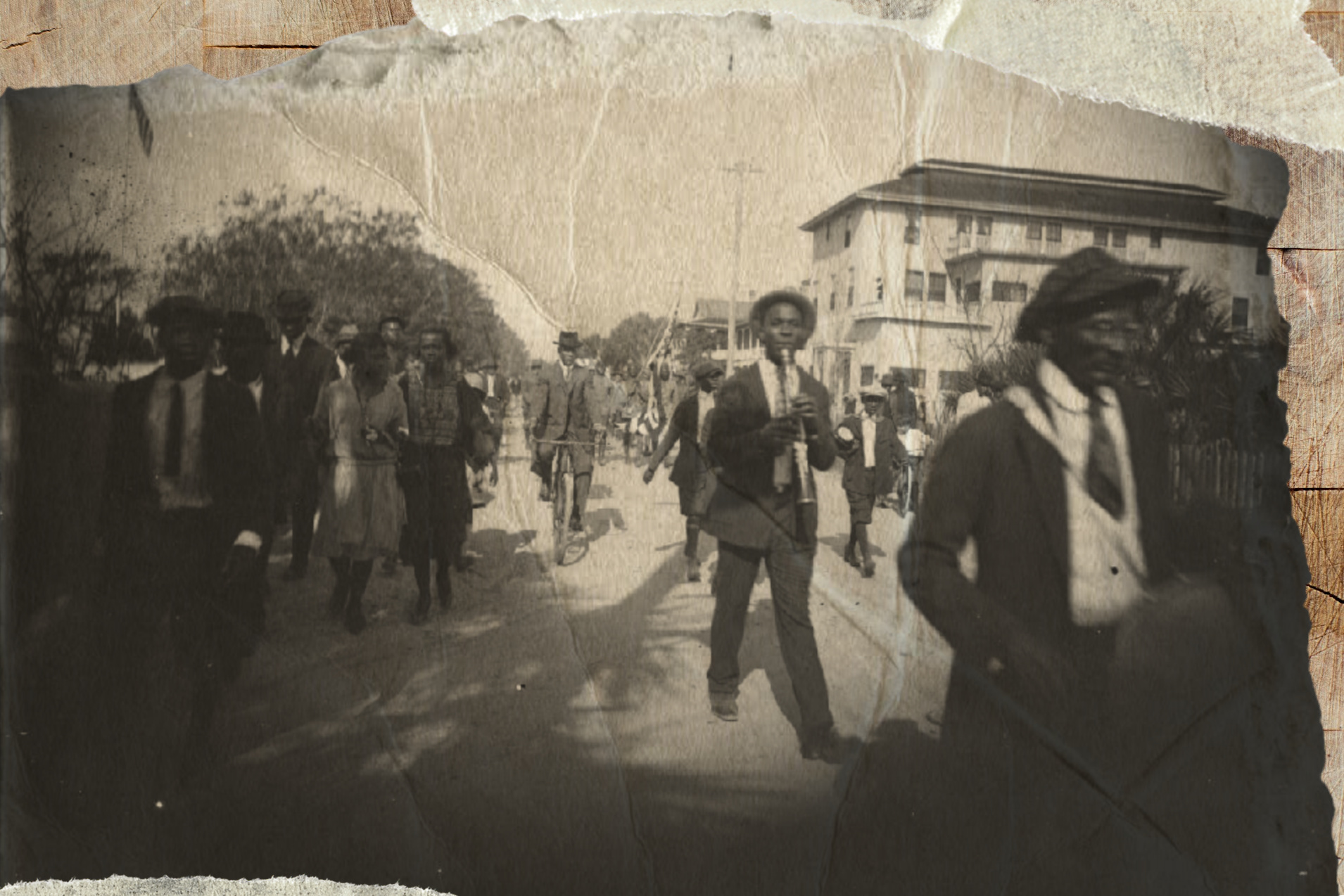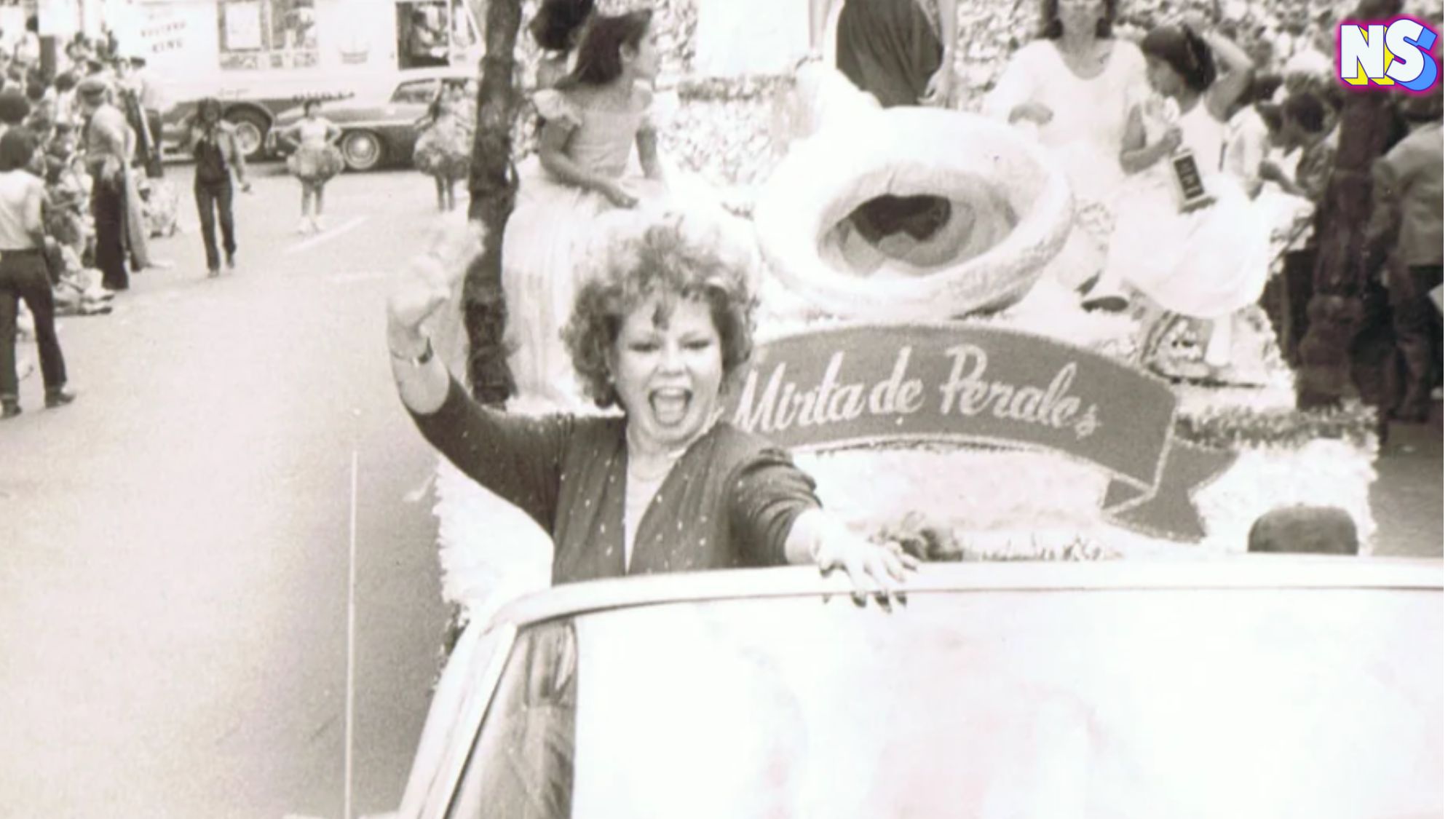Image courtesy of Nuestro Stories.
The time between the first drop of rain and the boiling water for coffee is almost imperceptible to someone who is not Mexican or Latino. That coffee or hot chocolate milk that is about to be prepared is accompanied by a delicious pan dulce.
Did you know that el pan dulce was introduced to Mexicans by the Spanish in the 16th century and that the bread we know today is due to the French influence when they immigrated to Mexico in the eighteen hundreds?
Ah! The beauty of history!
Origins of Pan Dulce
As mentioned before, the bakeries in Mexico were first opened by Spaniards, who were also the primary consumers. The bread produced then was a simple, white bread without much flavor.
However, the indigenous population was not a big fan of bread, preferring instead tortillas and other corn-based foods that they had been consuming traditionally since before colonization.
But things would change with a bit of sugar.

French cuisine first arrived in Mexico when Maximilian and Carlota settled in the country, bringing European fashion and gastronomy with them.
Later, Porfirio Diaz always showed his love and admiration for French culture, even wanting to superimpose it over the indigenous and mestizo culture. During his mandate, French chefs and cooks arrived in the country, showing their way of cooking, including techniques, preparations, and dishes.
The arrival of Italian immigrants solidified the love of all Mexicans for Pan Dulce con café. Today there are more than 200 different types of Pan Dulce in Mexico, and here are some of them:
- Concha: The most famous of all, the concha owes its name to its resemblance to seashells. It is a spongy sponge cake covered with a layer of butter, flour, and powdered sugar.
- Cuernito: Close cousin of the croissant, the dough usually contains much less butter or even no butter, which is replaced by lard, giving it a different, more cushioned consistency. However, the shape of the croissant remains the same.
- Oreja: In some parts of Latin America, it is known as Palmerita. Its original name is “Coeur de France,” the heart of France. It was one of Porfirio Diaz’s favorite desserts, and it was common to see it on the table of wealthy families in Mexico.
- Garibaldi: Of 100% Mexican origin, it was created by Giovanni Laposse in the famous El Globo bakery in 1884. It is a mixture of brioche bread with lots of butter, apricot jam, and white chochitos. Garibaldi owes its name to the Italian revolutionary Giuseppe Garibaldi.
- Pan de Muerto: It is the typical bread in the weeks leading up to All Saints Day or Day of the Dead (Día de Los Muertos). It is made with yeast dough, orange peel, and orange blossom water. Pieces of mace are added and crossed on top to make them look like bones.
This is just a tiny part of Mexico’s huge variety of pan dulce. The recipes and their presentations may vary according to the region. But one thing that will not change is its perfect combination with a hot cup of coffee.





